After having travelled in different parts of the world, it is presented for the first time in the Netherlands at RAW Streetphoto Gallery. The objective of this show is to present in a gallery that exhibits and promotes the work of young and emerging photographers early works by an established photographer. RAW Streetphoto Gallery is a gallery for young people and its curators thought it would valuable and interesting for them to see images taken 49 years ago.
John R. Pepper published his first photograph in Newsweek Magazine when he was 14 years old.
Although having taken detours through cinema and theatre (as a director) Pepper never stopped taking photographs. However in the last ten years Pepper has focused solely on photography and his latest shows and books are: 'Rome 1969: An Homage to Italian Neo-Realism'', Sans Papier', 'Evaporations' and, currently, 'Inhabited Deserts'. His shows have received wide attention and his exhibitions regularly tour the United States, Russia, Israel, the UAE, France and Italy. 'Inhabited Deserts' has been seen in Italy, Russia, U.A.E. Israel, and even in Iran where John is proudly acknowledged as one of the first Italian photographers to have an exhibition (Tehran, Aaran Projects Gallery) since the Revolution of 1979. 'Inhabited Deserts' is a unique study on deserts around the world (he travelled more than 18,000km over three years) but it is also important because in each of these countries, with political differences and conflicts between them, he has been able to show images of the 'opposing' country: In Iran he also exhibited works from Israel, In Israel he also showed works from Iran and in Dubai he showed works from both Israel and Iran. Through his work he is able to build bridges between the people and break down prejudices and pre-conceived ideas - which is also why he is often considered an 'Ambassador of Culture'.
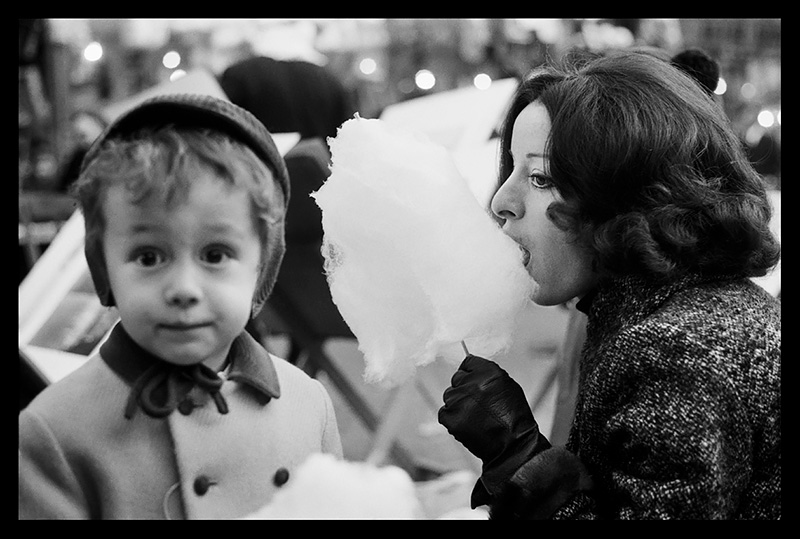
LA PECCATRICE by Amleto Palermi, Rome 1969 © John R. Pepper
Answering to the RAW Streetphoto Gallery questions if he has ever thought of taking some digital photos, John answered: I use my iPhone to take digital images but I have never used it in a professional way I am and always will be an analogue photographer.
Asked to give valuable advice for young photographers he replied: I don't know if I can give advice but I can share my thoughts and beliefs and, if some of my answers 'speak' to them or help them, then I am very happy.
The forthcoming exhibition at RAW Streetphoto Gallery - 'Rome 1969, An Homage to Italian Neo-Realism' can be seen as a personal project that John dedicated to his home country, Italy. The images were taken after he was given a Pentax with a 50mm lens by his father who was moving onto a Nikon F. They were taken in Rome while he walked home after school or on the weekends when he would go 'hunting'.
The show is dedicated to Italian Neo-Realism cinema (the title of each film is the title of a film, with its director alongside) because, after WWII, the directors of those films decided not to shoot in the 'studio' but to go out into the streets and replicate with actors (or in some instances, using real people) reality as it was every day. John's goal then, and now, was to do the same thing. That is how he became a 'Street Photographer' and this only increased when, at 14, he was apprenticed to the Italian photographer Ugo Mulas. During the day Pepper worked in the darkroom and learned Mulas' technique in the lab and in the evening, Mrs Mulas (who wrote the curatorial text for the show) would put him to bed at 10 pm. Two hours later, when his wife was sleeping, Mulas would wake John up and take him walking through the streets of Milan to take photographs. Pepper explains: We would always start at the railroad station because, as Ugo said, that is where there is always life at night. Since then, whenever I go to a new city, I always start at the railroad station.
Each photograph of this series is extremely personal. The lens through which the photographs are captured is so pure. And, true to the title of the show, the whole series resembles a collection of photographs taken from vintage black-and-white films. As John has also directed theatre and film, it is not surprising feel his cinematic framing in his work.
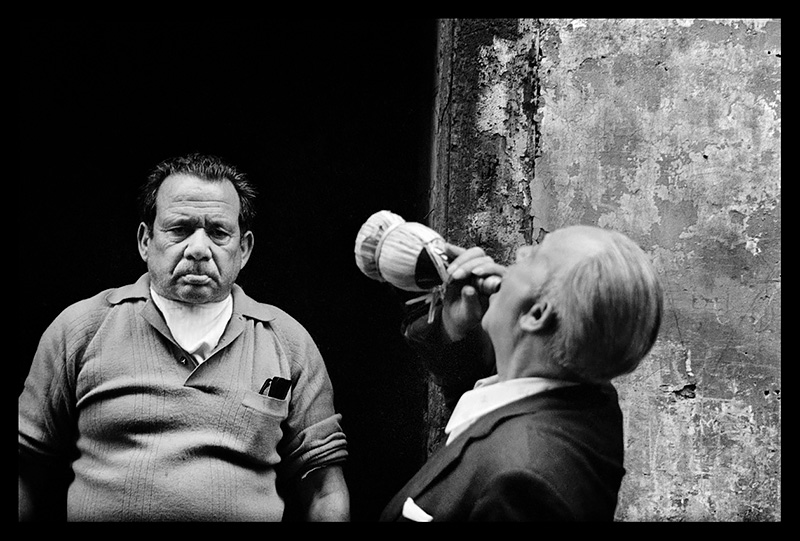
I VITELLONI by Federico Fellini, Rome 1969 © John R. Pepper
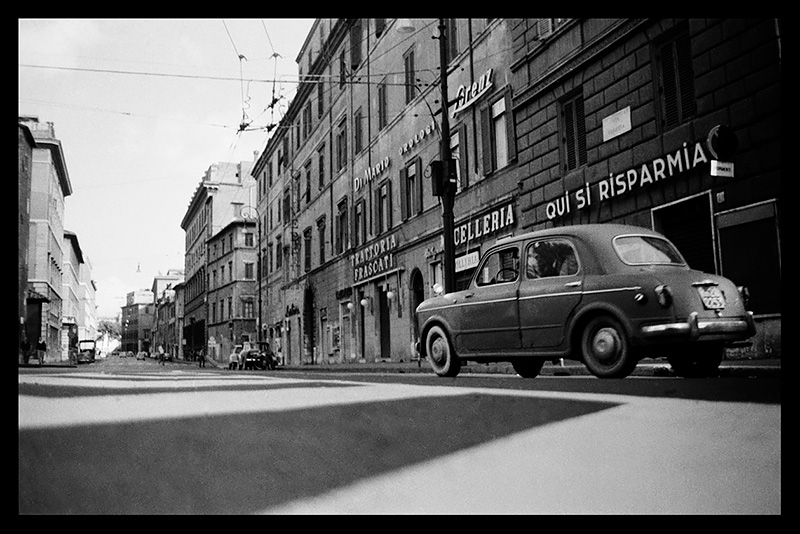
GUARDIE E LADRI by Steno and Mario Monicelli, Rome 1969 © John R. Pepper
Growing up in a family with highly artistic background is a privilege and a difficult thing.
It is a privilege because you are encouraged to create, to express yourself. And I learned very early that by taking photographs, you capture a part of your own 'self'. For example, there is a photograph with a little boy standing in front of the watch store. I still remember the moment when I pushed the shutter. I transferred myself onto him. I felt I was him and he was me. I could feel his attitude and how he was standing. I understood how he felt when stared at me. In all the images I take I have to have an exchange with the people I am shooting. There is a symbiosis that occurs.
On the other hand, growing up in a family of artists is also very hard. For many years, I was feeling that I had to be on the same level with them until I realized that I did not.
The good thing is my parents taught me that only by creating we could find out who we really were.
RAW Streetphoto Gallery: Did you feel some pressure to become an artist?
John R. Pepper: My parents never directly put pressure on me. But I was encouraged to create - to take photographs of course, but also to paint, to write stories, poetry etc. It was not about being famous but it was more about learning to express oneself through one's work and to be honest and push until the work was good.
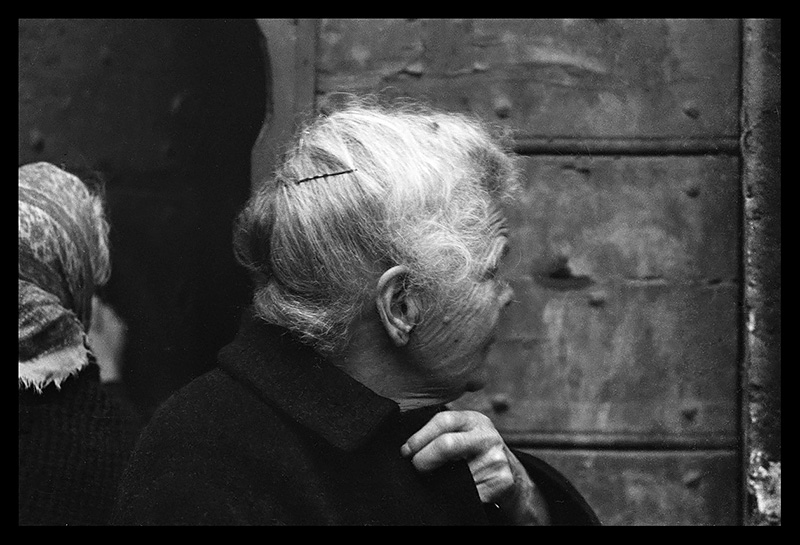
MAMMA ROMA by Pier Paolo Pasolini, Rome 1969 © John R. Pepper
First of all I think it is great that there are more photographers in the world than any time before due to possibilities of mobile phone and digital photography. The quality of the photographs is extraordinary. Photography is well alive and people want to capture everything. Nevertheless it is mostly digital. That is what most young photographers only know. I think digital photography is an important and a valid art form but I think it should be called 'Digital Imagery' instead of 'Digital Photography'.
Analogue photography and digital photography are two very different things. When you take an analogue image you mostly use prime lenses, either a 35mm or 50mm; you push the shutter button to take the picture s you then have to rewind.
There is a moment of pause and your eye readjust and that is when your eye sees more. That second or two helps the eye 'see' and it sends a message to the brain and you might re-adjust your frame just a little or see something you had not seen before and so on. In digital photography, when you push the button the camera goes off like a machine gun and one has fifteen or more shots of the same image. At the end of the day you have might have 20 0r 30 shots but you have hundreds of images and they eye just can't look at all of that. And they often are all the same. Also many digital photographers take their shot and then look at the image in the little screen of the camera. When one does that, you are interrupting the creative process. You break the flow...
And there are many who only look at the screen while taking digital images. That is sad and they are cheating themselves. If one looks through the viewfinder, one needs to close one eye. The eyes and the back of your mind are then forced to focus more specifically on what you are looking at and you 'see' more what is in the frame. If you look at the screen, you see a big picture, you are not 'inside' the frame as much. I discuss this in several of the Instagram films/posts I made. You can see them at Instagram: John R. Pepper and learn more about my thoughts and suggestions. Find the one about the tripod!
It is good that analogue photography is much more popular today than it was ten years ago. People are going back to it. The exciting aspect of analogue photography is that you do not know exactly what you are taking until you develop the film and check the negatives. It forces you to go deeper inside yourself.
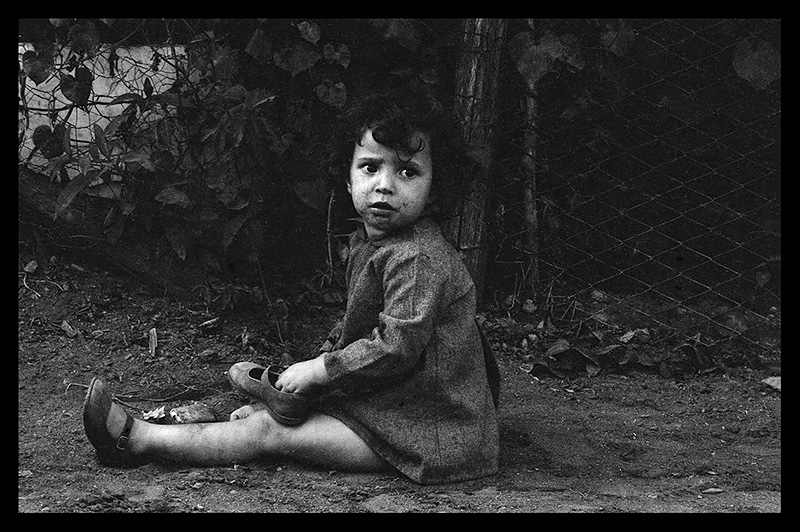
RISO AMARO by Giuseppe De Santis, Rome 1969 © John R. Pepper
I have never and don't believe I will buy a Digital Camera. However, in my next project, I am going to be in a tight space with low light. I will work mostly with my Leica but I will also have an iPhone and might use it - the reason for that is that I am interested in exploring Carbon and Platinum prints. But even if I explore, specifically in that project by using an iPhone I am and will always be an analogue photographer.
RAW Streetphoto Gallery: If you were not a photographer, who would you aspire to be?
John R. Pepper: A photographer! An artist is what he or she is because they have no choice.
I will give you an example: If there is a person who says they terribly want to be an actor and will do anything for it you and you ask them: if tomorrow you can never act again what will happen to you? If he or she answers: I will die inside. Then that person is meant to be an actor. But if they reply Well, I will be sad but I will find something else, then they are not meant to be an actor. It is that simple. The same goes for any artist in any art form. If I could no longer take photographs, I would become probably become self-destructive because I would not be able to express myself, understand who I am and feed my soul.
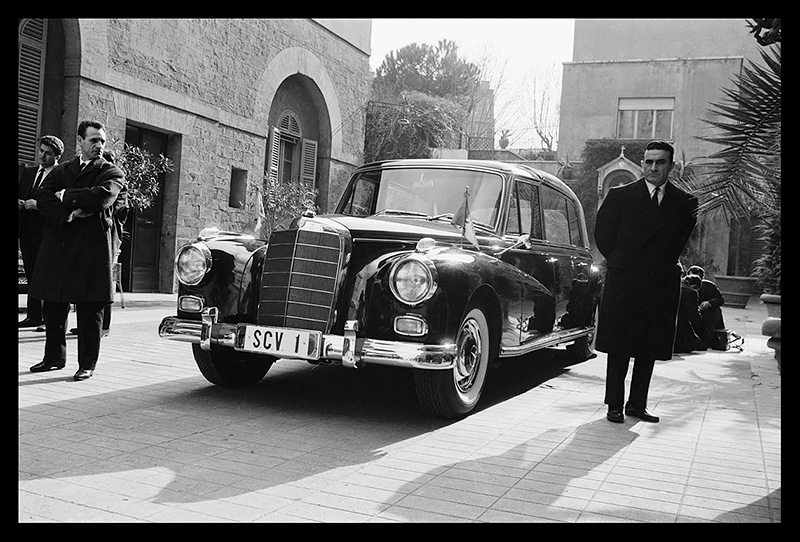
SALVATORE GIULIANO by Francesco Rosi, Rome 1969 © John R. Pepper
Yes, it is. Look, being an artist is a curse and a blessing. However, it is also important to remember to use the word 'artist' with a small 'a'. One is really more like and artisan. Artist is a big and dangerous word. The most famous authors describe themselves as 'writer' and not as 'Author'...
RAW Streetphoto Gallery: As a person who has been involved in the world of photography for a long period of time, could you give some advice to young photographers?
John R. Pepper: I would say to them Choose your lens, 35 or a 50 mm.
Don't think.
Don't try to take great pictures.
Don't be afraid to take bad pictures.
Keep walking. Keep going.
Do not go for the result. Let the process take care of it.
And, most important learn how to see. Most of time young photographers are looking but they are not seeing. And the way to do that is to and look at paintings: from the early renaissance to the 20th century.
Learn about light. In order to go forward to one needs to look backwards. You have to educate your eyes because your eyes are your most important tool. A singer has to train her throat muscles and learn how to breathe properly to project the voice. For a photographer, it is about looking at art.
Also: don't try to be other people. Don't spend too much time looking at other photographers. Again, it is better to look at painters rather than photographers (note: however it is important that you are aware of what was done before you and also look at what is happening now; it is more important important in the development stage and less important once your are established).
Do not be afraid to fail. If you fall down, get up and go on.
If you do not fail, you cannot grow.
Also, very important: do not love your work!. The moment you love a photograph, it has to go! It is like for a poet or a writer: whenever they love a sentence and think it is beautifully composed, they might hold onto it until the last draft but they always know it has to go. And eventually, it does.
And last, but not least, and maybe it should be first: you have to be tough on yourself and find something to say because there always has to be a story in a photograph. Without a narrative in the picture there is no picture.
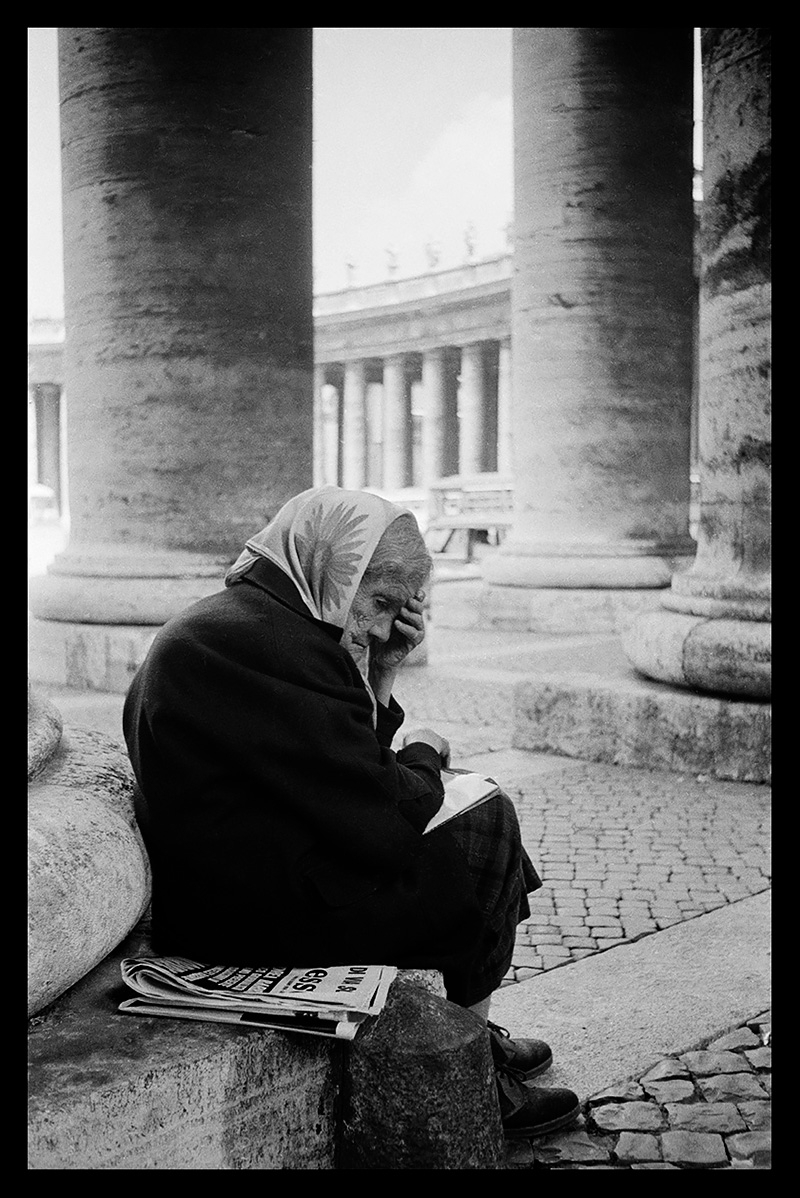
LA RAGAZZA DI PIAZZA SAN PIETRO by Piero Costa, Rome 1969 © John R. Pepper
RAW Streetphoto Gallery was opened on April 2016 in Rotterdam. Its core value is to give the platform for emerging photographers from the Netherlands and around the world. We are creating and investing our own funds into the production of works, curting the artists and career advice. We have organized our gallery contest
RAW Contest in partnership with
Rotterdam Photo.
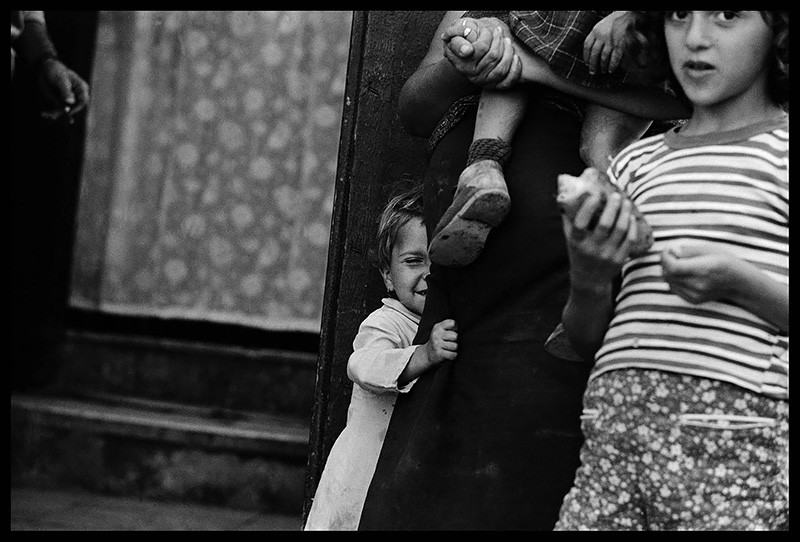
ROMA CITTÀ APERTA by Roberto Rossellini, Rome 1969 © John R. Pepper
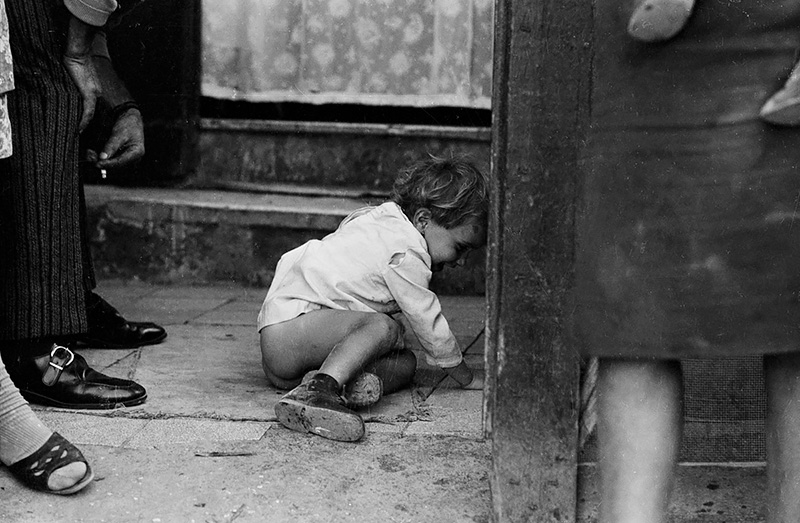
PADRI E FIGLI by Mario Monicelli, Rome 1969 © John R. Pepper










